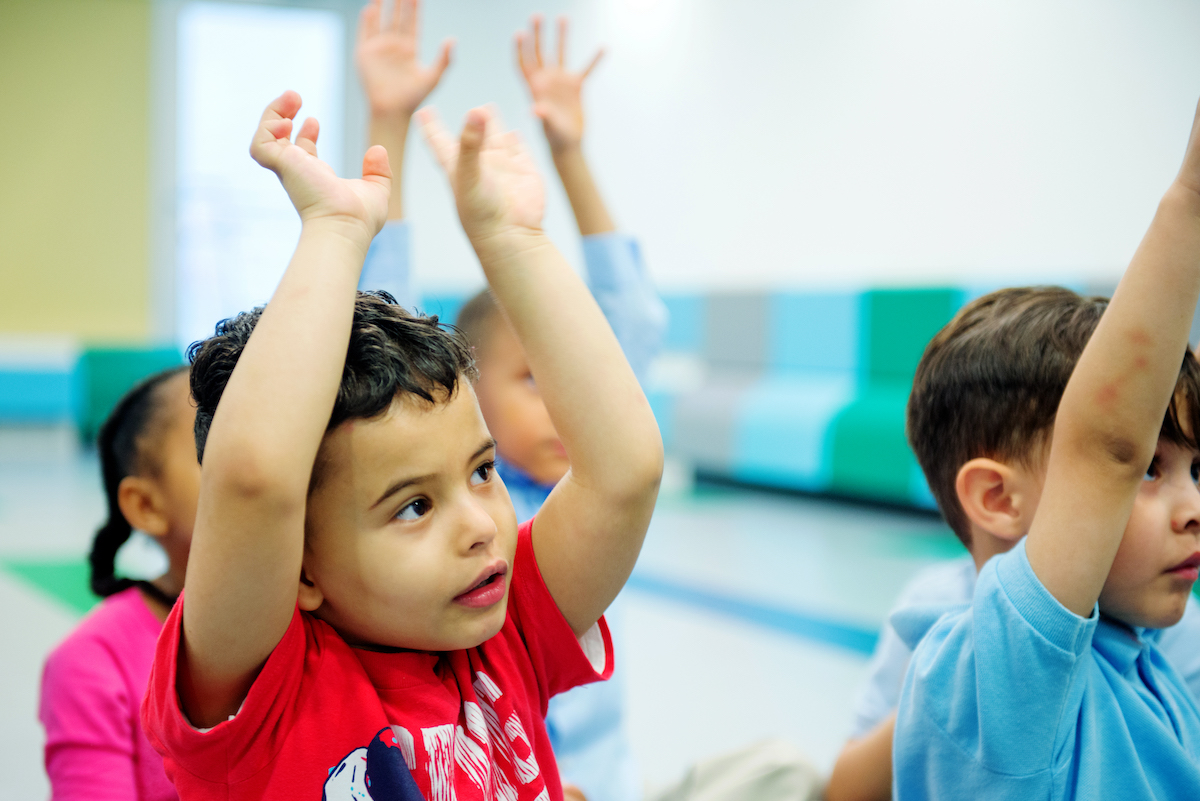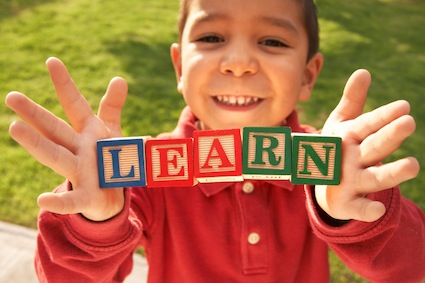Music enriches our lives in so many ways, but for young children, music is also a very powerful tool for learning. Kindermusik’s English language learning program for young children, Kindermusik English & Me, has been an outstandingly successful and beautifully delightful of teaching children a second language through music, music, stories, rhymes, and more.

Here are just a few of the amazing ways that music and a music class help children learn another language:
- Music and movement literally wake up the brain, making it easy to take in, absorb, and remember even more new information.
- A music class is an immersive environment like no other. The entire class time is filled with English vocabulary, phrases, and patterns of speaking.
- Music activates more parts of the brain than just speaking can. In fact, music activates both the left and right sides of the brain and gets those neurons firing!
- Songs and rhymes “stick” in the memory longer than anything else. Kindermusik classes are filled with repetition in class, and the @Home Materials allow parents to review, reinforce, and enjoy those same songs and rhymes at home throughout the week for an even more powerful learning experience.
- Music acts like a glue that causes all the pieces of learning another language to not just stick, but also stay, together.
- A music class like Kindermusik gives rich and varied opportunities for children to listen, listen, listen – which sets them up for greater success when they begin speaking the new language.
- The combination of listening, speaking, and singing in the Kindermusik classroom increases fluency.
- The joy and delight of an interactive children’s music class fosters a happy motivation to learn, therefore making learning the English language so much easier and more natural.
So whether your little one is just learning to speak or you have a young child who is an English language learner, one of the very best and most effective tools for learning is music. And here’s a little secret… YOU as the parent will love your Kindermusik too!
Yes, music – and especially Kindermusik! – can do all that!

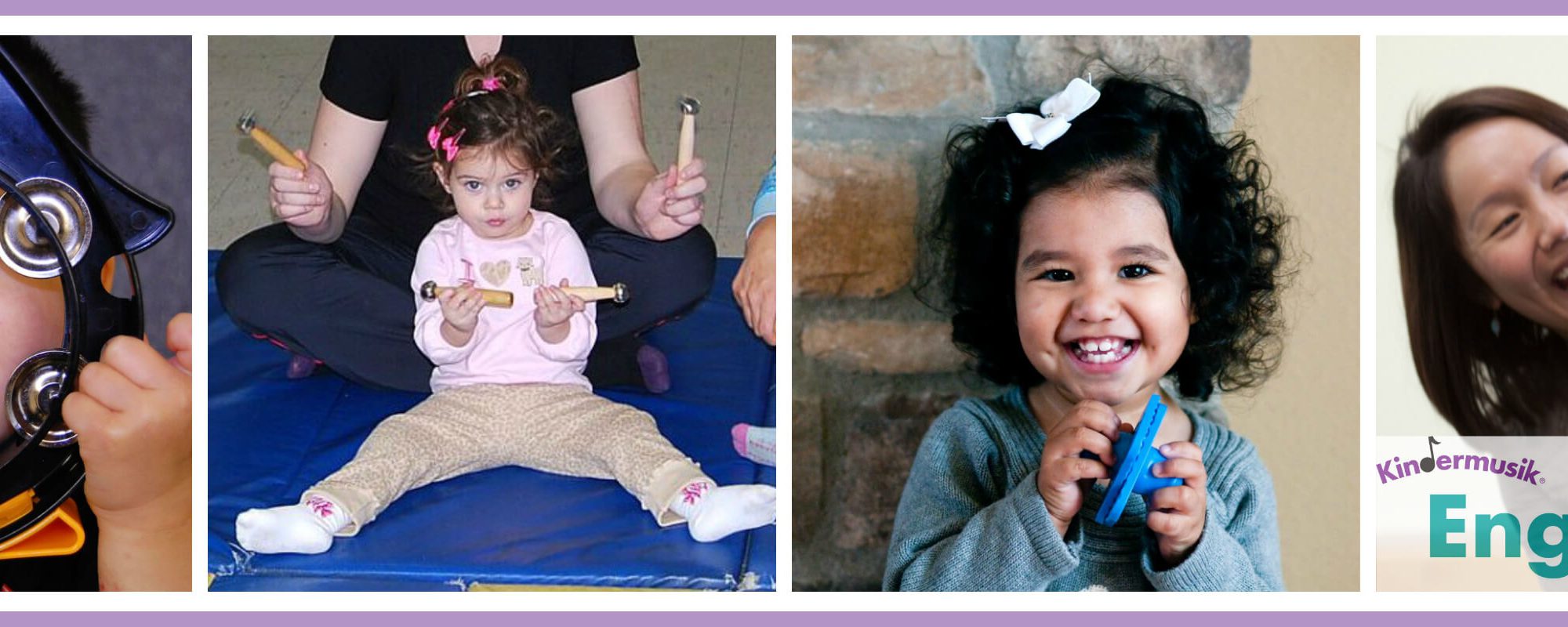
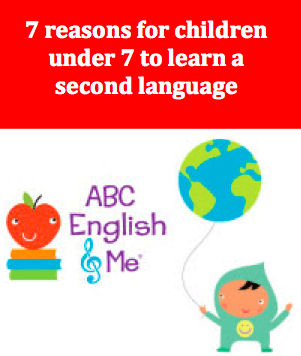





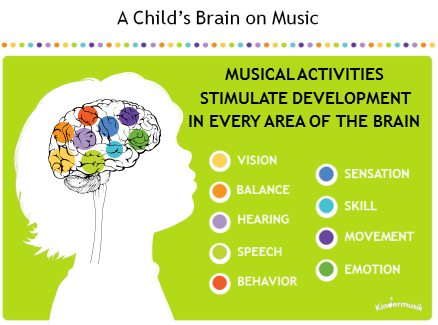
 We rock out in our early childhood music classes—literally and figuratively. From our
We rock out in our early childhood music classes—literally and figuratively. From our 


